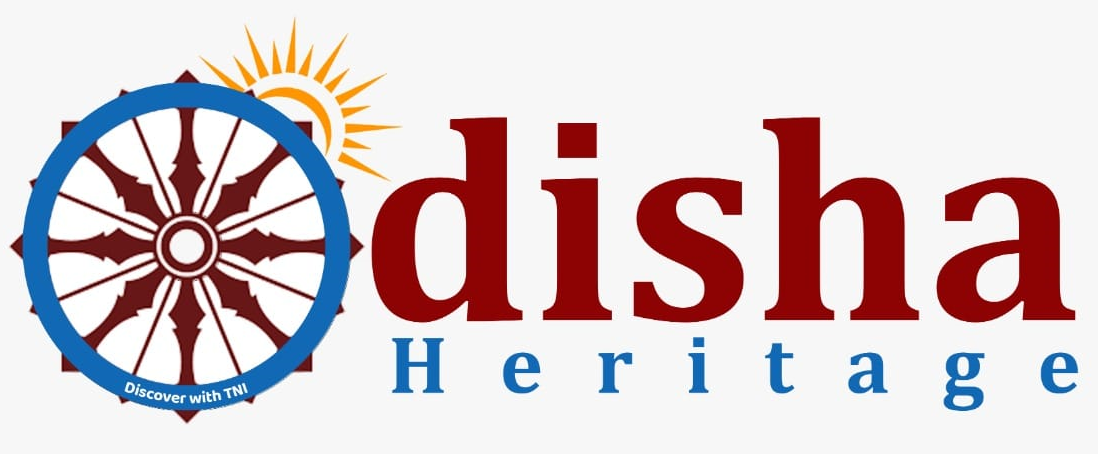Odisha’s folk dances are breathtaking and a visual treat. Even if you don’t always comprehend the lyrics, the earthy, rhythmic foot tapping music fills your senses and makes you want to sway a leg or two. A dance joy is created by the combination of the drum rhythm, melodic music, elegant body motions packed with unusual positions, and easy steps. The vivid and exquisite costumes, along with vibrant beads and silver accessories, together with the attractive and colourful headpieces that jangle and clang with each flowing motion, evoke the essence of the old rural culture.
Sambalpuri Dance
As the name implies, Sambalpuri Folk Dance originated in the western region of Odisha and is performed by ladies and young girls. Dances include Dalkhai, Rasarkeli, and Jai Phula. The lyrics “Dalkhai bo, Rasarkeli bo, Jai phula bo” introduce each stanza and allude to the dancer’s girlfriend. Typically, communities celebrate holidays like Dussera, Bhaijiuntia, Phagun Puni, Nuakhai, etc. with performances like this. One of the Sambalpuri songs that has gained international recognition is Rangabati.
Paika Dance
This very energising dancing style is exclusively performed by young guys or men. Eastern Odisha is where this dance style began. Its name is derived from the Sanskrit term Padatika, which means the infantry. It is full of customary physical activities that are done to the sound of the dhol while holding a sword and shield. Dancers who are costumed as “Paikas,” or warriors, act out battle scenarios. The best thing about this folk art form is how precisely and nimbly the steps are performed.
Chaitee Ghoda
In the month of “Chaitra,” which falls between March and April, the Kaibartas, or fishing caste, conduct this folk dance. It is a celebration of their goddess, Vasuli Devi. To the accompaniment of dhol and mahuri, the dancer mounts a bamboo horse that is exquisitely adorned with colourful frilled fabric pieces, beads, and tiny bells. The residents take part in the dancer’s roundabout tour around the village.
Danda Nacha
Despite the extreme heat wave that swept the state in March and April, Danda Nacha, a dance that punishes the body with religious passion, is celebrated with great enthusiasm throughout the state. Exhausting yet completely dedicated are the Pani danda, performed in the water, and the Dhuli danda, conducted on the ground. This dance, which honours Goddess Kali, is performed by men alone and features drums and cymbals.In the Ganjam area of south Odisha, in particular, people celebrate the danda nacha.
Kela Keluni
The Kela Keluni are a nomadic ethnic tribe that live off of collecting snakes. The humorous and intriguing Kela-Keluni folk dance is a sight to behold. The main theme of the narrative is the predicament of the Kela, who is married to two Kelunis, and how he makes ends meet while attempting to satisfy each of them. The ghuduki, a common string instrument, is typically played in this by the Kela. The Kela Keluni dance was written and performed by the late Guru Kelucharan Mohapatra, together with Jayanti Ghosh and his wife Laxmipriya Devi.
Chhau Nacha
The Sanskrit word chhaya, which meaning shadow, is the root of the name Chhau. The Mayurbhanja Chhau has won people over and won hearts all over the world. Folk and tribal themes, as well as stories from mythology like the great epics of Ramayana and Mahabharat, are enacted in this dance genre. The Vira rasa and the Rudra rasa are the two primary rasas that rule the dance. Musical instruments such as the Mohuri, Chad-Chadi, Dhol, and Dhumsa are used to accompany songs.
Ranapa Nacha
The cowherd people of South Odisha continue to dance on the ranapa (stilt). The crowd is mesmerised by the young guys as they perform symmetrical steps to the tunes of the Mahuri and Dhol, tying their feet to the bamboo stilts. The songs are replete with compliments on Lord Krishna and his thrilling childhood adventures.
Ghumra Nacha
The Odia traditional dance Ghumra hails from the Kalahandi area. One of the combat instruments that was gathered to defeat the demon king Mahisasur is said to have been the Ghumura instrument, which was created by fusing the veena of goddess Saraswati with the dambaru of Lord Shiva. A pitcher-shaped drum called a ghumra is fastened around the dancer’s neck. They dance to songs that tell tales of hunting adventures as well as the joys and hardships of daily life, all while playing the drum. The dancers move quickly while doing complex leaps and pirouettes.

